The portable power station market has grown quickly because we rely more on electronics, even when we go off-grid. One standout option is the Jackery Explorer 1000 V2. This compact and powerful device could be the ultimate solution for portable electricity. Let’s look at what makes this orange-accented power station worth a second look, how it stacks up against other options, and if it should be part of your gear collection.
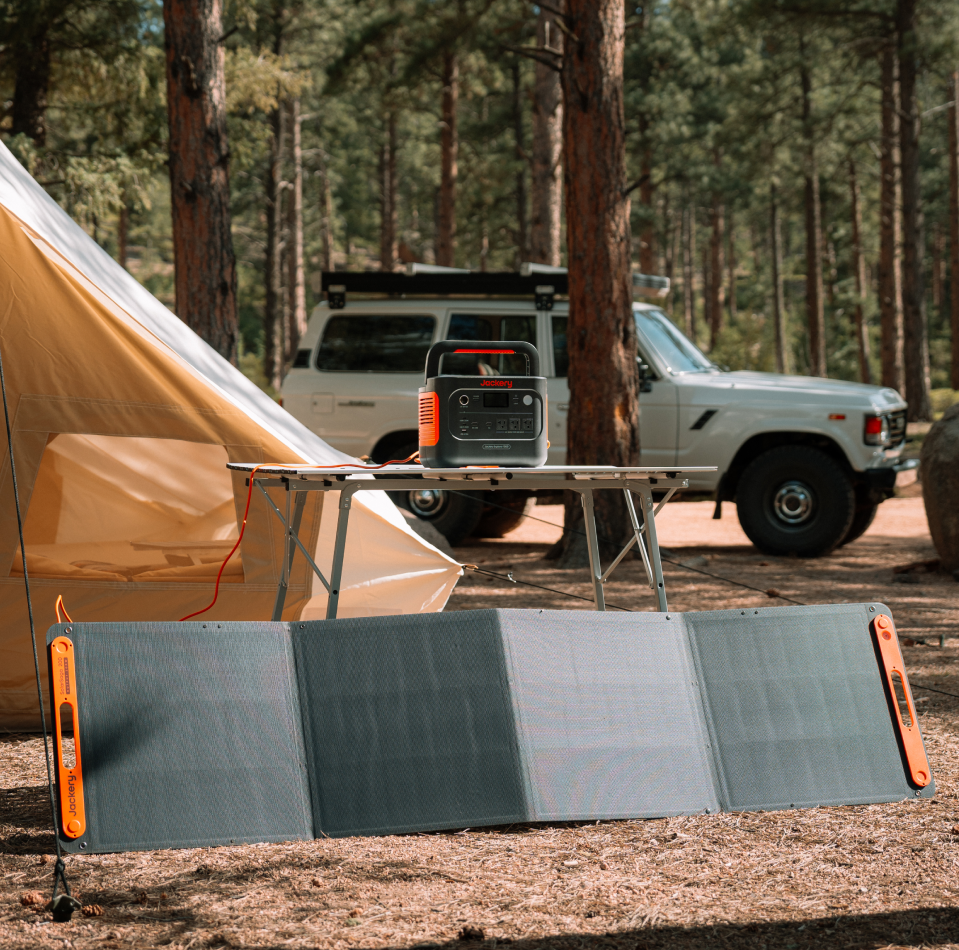
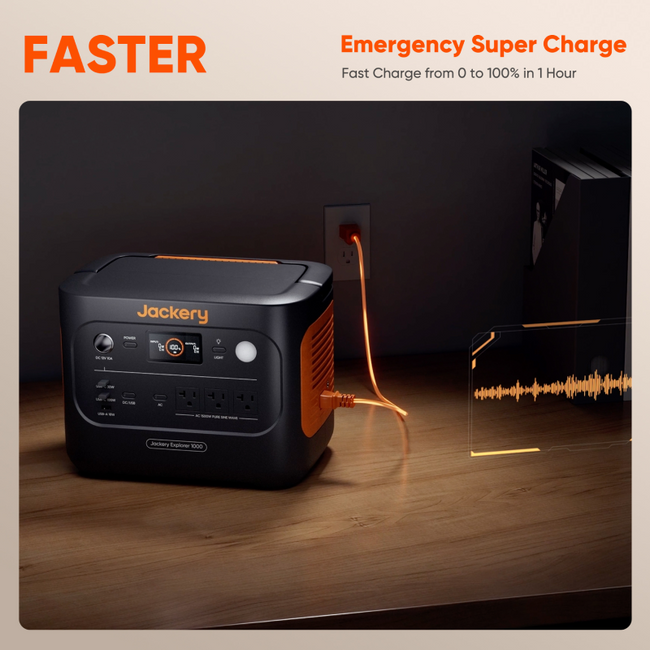
Technical Specs (Without the Headache)
Let’s take a closer look at the Explorer 1000 V2 and see how it will enhance your everyday experiences!
Specification | Explorer 1000 V2 |
Battery Capacity | 1,070 Wh (≈100 smartphone charges) |
Continuous Output | 1,500 W |
Surge Output | 3,000 W |
Weight | 23.8 lb (10.8 kg) |
Dimensions | 11.1″ × 7.6″ × 11.1″ (≈18 % smaller than V1) |
Battery Chemistry | LiFePO₄ (4,000+ cycles) |
Wall-Charge Time | ~1 hour (super‑fast mode) |
AC Outlets | 3 standard outlets |
USB Ports | 2× USB‑A, 1× 100 W USB‑C, 1× QC3.0 |
12 V Carport | 12 V/10 A output |
What’s Changed: V2 vs. V1
Jackery didn’t just slap a “V2” on the box and call it a day. The new version offers significant improvements:
Feature | V1 (Explorer 1000) | V2 (Explorer 1000 V2) | Change |
Continuous Output | 1,000 W | 1,500 W | +50 % |
Battery Chemistry | Standard Li‑ion (~500 cycles) | LiFePO₄ (4,000+ cycles) | ×8 cycle life |
Size | Baseline | –18 % volume | Smaller footprint |
Fast‑Charge Time | ~2 hours | ~1 hour | –50 % charging time |
Solar‑Input Capacity | Up to 800 W | Up to 400 W | –50 % solar input |
MSRP | $1,100 | $800 | –$300 |

Real-World Performance: What Can It Actually Do?
In a seven‑day power‑outage test, the Explorer 1000 V2 ran a car refrigerator for over 24 hours between charges, kept a home router online throughout, and simultaneously charged multiple laptops for several hours. Extended testing showed it powering three laptops continuously for five hours, boiling water in a 1 kW kettle at about 10 % battery per 500 mL, and sustaining a 24‑hour 3D‑printer job.
What it struggled with:
Starting an older refrigerator that briefly required more than 3,000 W during startup
Running high-powered heating elements continuously
The Good and The Bad
- 1,500 W continuous output (3,000 W surge)
- LiFePO₄ battery with >4,000 cycles
- Emergency supercharging (~1 hour full)
- Whisper-quiet operation (< 22 dB) & UPS functionality (< 20 ms switchover)
- 18% smaller footprint than V1, with stronger specs
- Solar input reduced to 400 W vs. 800 W in V1
- No expandable battery support
- Still nearly 24 lb—too heavy for backpacking
- Some users report loose AC outlets; car charger not included
- Not ideal for ultra-light trekkers
What Users Love
Many professional reviewers praise the Explorer 1000 V2 for its rugged build quality, clear display, whisper‑quiet operation (under 22 dB), and rapid UPS switchover (under 20 ms). Customers report it as “absolutely wonderful” for off‑grid air‑conditioning and lighting, with battery life that “lasts a long time,” and reliability that “works perfectly in emergencies.” On the downside, some buyers were disappointed that a car‑charger cable isn’t included in the box, others find the 120 V plugs a bit loose, and the halved solar‑input rating is a drawback for serious off‑grid users. Unlike some competitors, the Explorer 1000 V2 doesn’t support external battery expansion.
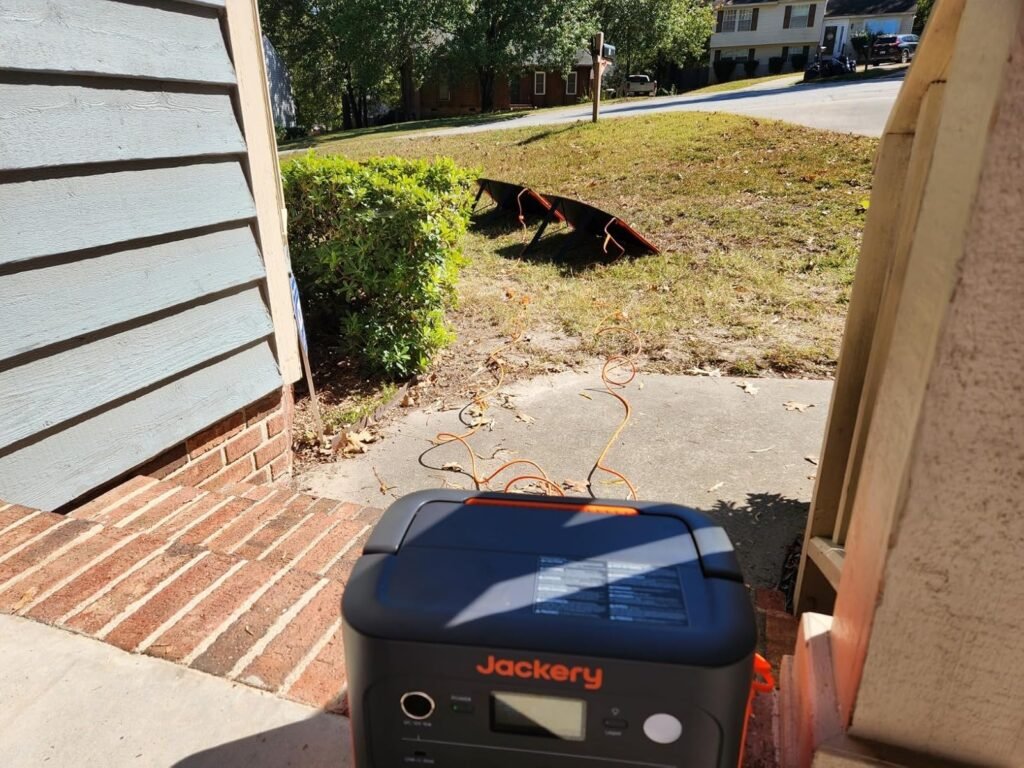
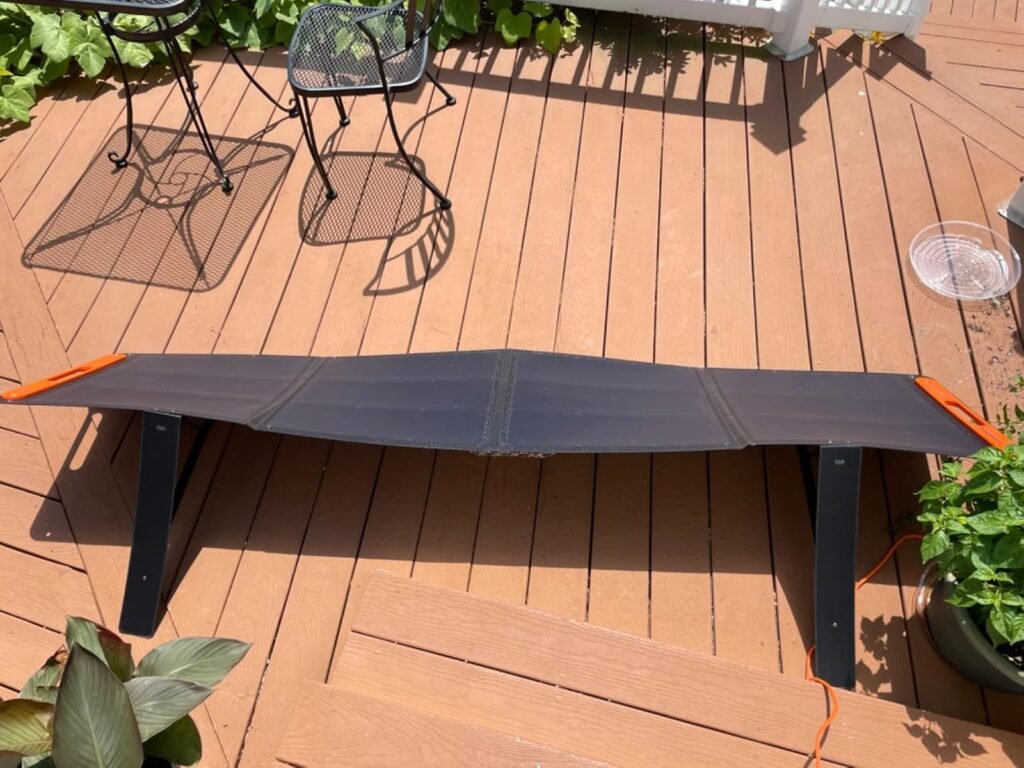
Common Complaints
Users have noted disappointment about missing accessories: “I was very disappointed to open the 1000 and not have a car charger included.” Some users report that the 120 V plugs fall out too easily. The reduced solar charging capacity (400 W vs. 800 W in V1) limits recharge speed when off-grid. No expandable battery support (unlike some competitors)
Things to Watch Out For
- Solar Charging Reality Check: While Jackery advertises solar charging capability, remember that “up to 400W” requires optimal sunlight conditions, perfect panel angle, and minimal cloud cover. Realistically, expect 50–60% of that rating most days.
- Cold Weather Performance: Like all lithium batteries, performance decreases in cold temperatures. While the Explorer 1000 V2 will operate in cold weather, it shouldn’t be charged below freezing without warming it first.
- Weight Considerations: At nearly 24 pounds, it’s portable but not something you’ll want to carry on long hikes. It’s more “car camping” than “backpacking.”
- Incompatible with Some High-Draw Appliances: Despite the 1,500W rating, some appliances with momentary high-current demands (like certain refrigerators, air conditioners, or power tools) may trip the protection circuits.
Who Should Consider the Explorer 1000 V2?
- Weekend Warriors: Campers and outdoor enthusiasts will love its lightweight design and consistent electricity, great for extended treks without grid access.
- Digital Nomads: Remote workers and van-lifers may depend on it to keep laptops and devices charged in any location.
- Preparation for Emergency: Those people who are in storm-prone locations may appreciate the fast charging and UPS functions, which keep important gadgets functioning during outages.
- Event Operators: Photographers and small vendors can rely on its 1,500W output. The Explorer 1000 V2 is strong enough to power their professional equipment at events.
- DIYers and Hobbyists: Light workshop users will like it for powering tools and projects away from outlets.
In a nutshell, this Explorer 1000 V2 could power up all your needs if you use it reasonably.

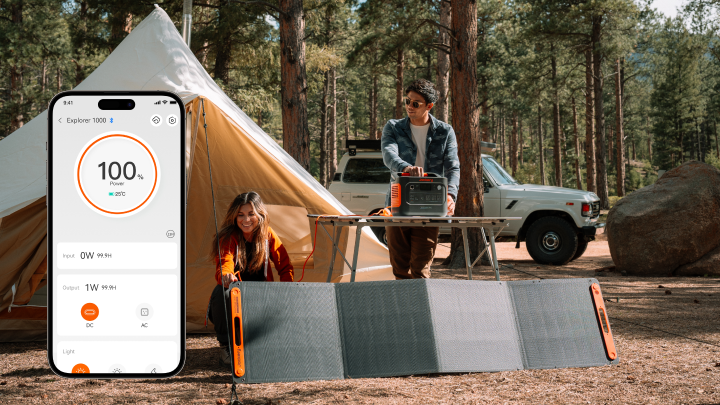
Who Should Look Elsewhere?
- Heavy Power Users: If you need to operate high-draw equipment continually (such as air conditioners or heaters), you’ll need something larger or extensible.
- Ultra-Light Backpackers: At over 24 pounds, this isn’t something you’ll want in your bag for extended trekking.
- Budget-Conscious Occasional Users: If you just require backup power once or twice a year, there are better choices in a lower price bracket.
- Professional Contractors: Those professionals who need steady, reliable power for their tools all day may use gas generators or higher-capacity power stations.
- Solar-Primary Users: If you want to rely completely on solar recharging, the reduced 400 W input can be limiting—consider models with larger solar capacity. It will take a long time to charge via solar.
Pricing and Value Proposition
At around $800 (and generally on sale for less), the Explorer 1000 V2 represents exceptional value in the mid-range power station market. Consider that: It’s $300 less than its predecessor despite having stronger specifications.
The LiFePO₄ battery technology indicates you’ll replace it much less frequently than competitors employing typical lithium-ion cells. The quick charging capability decreases or eliminates the demand for a second backup unit. When calculating value, consider the cost per watt-hour: At $800 for 1,070 Wh, that’s roughly $0.75/Wh—competitive for a premium brand with advanced features.
Getting the Most From Your Jackery Explorer 1000 V2
Charging Tips:
Use the wall charger whenever possible—it’s considerably faster than solar or auto charging.
When solar charging, position panels to face the sun directly and adjust them as the sun moves. For maximum solar input, consider purchasing the maximum number of compatible panels (typically two 200 W SolarSaga panels)

Usage Optimization:
Turn off the AC inverter when not in use—it uses electricity even when nothing is plugged in. Use DC outputs (USB, 12 V) for smaller devices wherever possible. They’re more efficient than AC. For winter use, put the unit indoors and let it warm up before charging
Maintenance:
While LiFePO₄ batteries don’t require the same care as past technologies, they nevertheless seek to keep the battery between 20% and 80% for maximum longevity. Store in cool, dry conditions while not in use. Perform a full charge/discharge cycle once every 3–4 months if stored long-term
The Bigger Picture: Jackery in the Portable Power Landscape
Jackery is the world leader in portable power stations, pioneering the category and selling millions of units globally. They’ve maintained this position by continual innovation—being first to market with lithium power stations (2015) and portable solar panels (2018), and pushing LiFePO4 technology to the public.
While competitors like EcoFlow, Bluetti, and Goal Zero offer tempting options (some with expandable batteries or better output ratings), Jackery’s reputation for reliability and customer service keeps them at the forefront.
Conclusion: Is the Jackery Explorer 1000 V2 Right for You?
The Jackery Explorer 1000 V2 is an excellent option for those looking for a good mix of power, portability, and price. It uses LiFePO4 batteries, which are safer and longer-lasting. The new model has more power and is smaller than the last version, showing improvements in design and engineering while also reducing costs.
For most users needing portable power in the 1–1.5 KW range, this unit should be considered a reference design in the current market. Whether powering camping equipment, working remotely, or preparing for emergencies, the Jackery Explorer 1000 V2 delivers reliable power when and where you need it.
The main downsides are reduced solar input and limited expandability, which are fair trade-offs for better battery technology, increased power output, and lower prices. Jackery’s larger models or rival brands offer options for those needing higher capacity or quicker solar charging, but often at a much higher cost.
In the rapidly advancing world of portable power, the Explorer 1000 V2 clearly demonstrates our progress beyond the era of bulky generators and short battery life. It boldly proves that the best solutions can indeed come in smaller, quieter packages.
- Powerful yet Compact: Boasting a 1,500W AC output and a 3,000W surge peak, the Solar Generator 1000 V2 can power multipl…
- One Hour Fast Charging: Charge your Explorer 1000 v2 Portable Power Station from 0% to 100% battery level in just one ho…
- 10 Year Lifespan: The Explorer 1000 v2 portable power station is equipped with a durable LFP battery, maintaining over 7…






Whats up this is kind of of off topic but I was wanting to know if blogs use WYSIWYG editors or if you have to manually code with HTML. I’m starting a blog soon but have no coding experience so I wanted to get guidance from someone with experience. Any help would be greatly appreciated!
I will right away grasp your rss feed as I can not to find your email subscription hyperlink or e-newsletter service. Do you’ve any? Kindly permit me recognise in order that I may subscribe. Thanks.